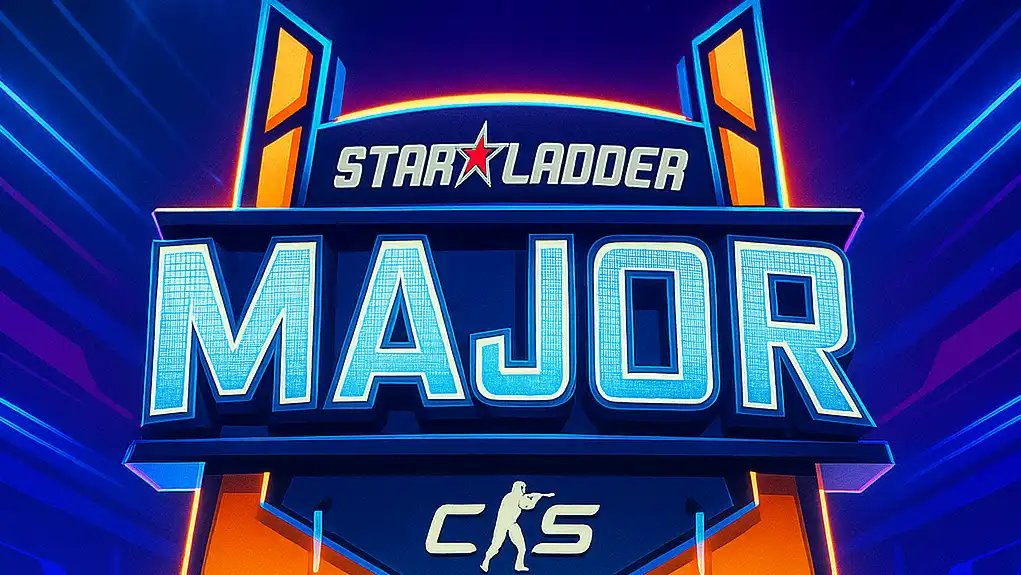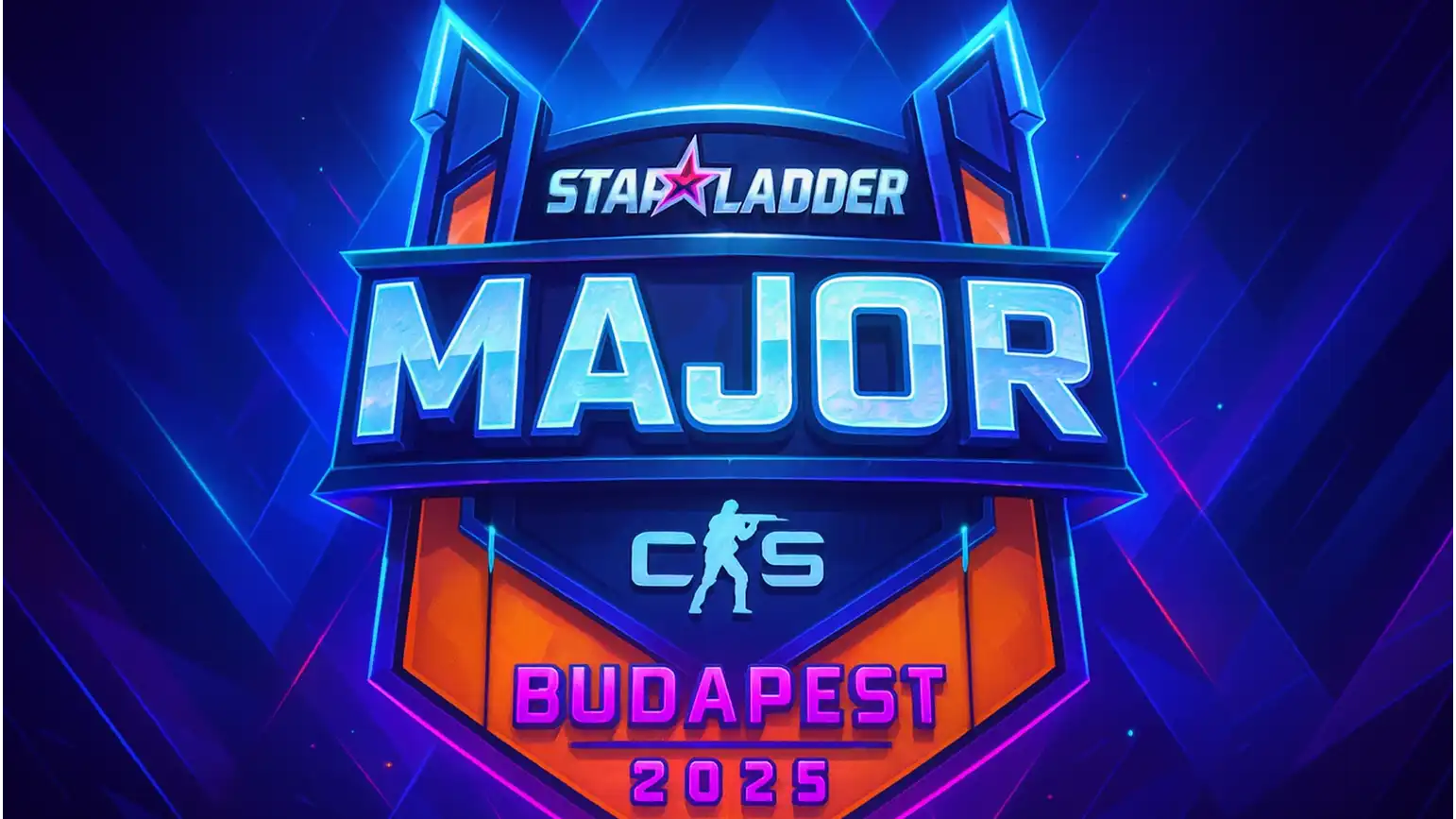Audio, Webcam and Stream Problems Plague StarLadder Budapest Major 2025 — Complaints Pile Up

Audio, Webcam and Stream Problems Plague StarLadder Budapest Major 2025 — Complaints Pile Up
The start of the StarLadder Budapest Major has been marred not only by surprising upsets among top teams — now players, coaches and viewers are reporting widespread technical issues: problems with audio, webcams, video streams, and general broadcast quality. According to a report from Russian esports outlet CyberSport.ru, the issues extend far beyond isolated incidents.
❗ What’s going wrong
According to the CyberSport piece, many players have complained that their webcams either produce no sound at all, or the audio is severely distorted. In some cases, external mics or headsets fail to pick up voice properly; in others, observers and commentators note that “everything, in general, is broken.” This has created chaos — not only for players trying to communicate in match, but also for the broadcast and viewers expecting a stable stream.
Although the article cites mainly Slavic-language sources and anecdotal statements from participants, other parallel reports from viewers on streaming platforms echo similar concerns: poor sound synchronization, muffled voices, and frequent webcam blackouts during matches. Taken together, the pattern suggests systemic technical problems rather than individual user error.
These issues appear at a particularly bad time — right as the tournament kicks off — when teams rely heavily on voice comms, webcam checks, team-coach signalling, and broadcast overlay checks. Disruptions in any of these layers can undermine both competitive fairness and viewer experience.
Context: Why This Matters More at a Major
Past large-scale tournaments (including previous events held by the organiser StarLadder) have occasionally suffered from technical hiccups. But such widespread and multilayered failures — affecting audio, video, webcams and streams all at once — are rare. A tournament at this scale demands robust infrastructure, and the failure to deliver that raises questions about logistical and technical preparation.
Furthermore, with the tournament using a Swiss-system first stage followed by playoffs, every match and every round matters. Teams cannot afford miscommunications — be it strategizing during knife rounds, coordinating execution, or even receiving live coach input. Effective comms and stable streams are critical both for performance and for fair broadcasting.
Reactions from Players, Coaches, Viewers
Because the primary Russian-language coverage highlights mostly player/co-worker complaints, concrete names and quotes are limited in the public domain; this likely reflects players’ reluctance to publicly criticize organisational failures mid-event. That said, a few scattered social-media posts (on Russian and global CS2 forums) mention frustrated players having to shout into headsets, re-plug cables, switch mics — all while the match clock ticks.
Meanwhile, some viewers noted dramatic changes in stream quality across matches: during some matches frames freeze or video desyncs with voice; in others, the webcam feed is completely lost during pauses, only to return mid-round, creating a disjointed viewing experience.
This has hit the “professional broadcast” promise hard — many paying fans or viewers expecting clean spectator experience are disappointed, and some have voiced concern that lower-tier or “underdog” matches are more frequently affected than the high-profile ones, leading to uneven coverage.
Underlying Causes: What Might Be Going On
Given the breadth of complaints, several possible root causes emerge:
-
Hardware / Infrastructure Overload: Running multiple matches, streams, webcams, observers, commentators, and coach-cams simultaneously places heavy load on audio-video infrastructure. If StarLadder underestimated bandwidth, server load, or hardware demand, the result could be systemic lag or failures.
-
Insufficient Testing or Quality Assurance: It’s possible that the technical setup was not fully stress-tested under tournament conditions (many concurrent streams, live switching, overlays, coach-cams, etc.). Without robust QA, issues that seem tolerable in scrims could explode under Major pressure.
-
Compatibility / Setup Issues on Teams’ Side + Organiser Mis-support: With teams using different gear (mics, headsets, webcams), plus possibly limited help from organisers to ensure uniform quality, mismatches or faulty configurations may lead to audio failures. But the widespread nature suggests it's more than just “team-side problems.”
-
Logistics and Coordination Failures: In large events, coordination between LAN-venue tech, streaming team, observers, and tournament admins is critical. Failure at any hand-off (e.g. audio routing, video encoding) can ripple across streams.
Wider Ramifications & Concerns
The technical failures at the Budapest Major have several implications:
-
Competitive Integrity Concerns — If players can’t hear team comms or coach calls due to audio problems, their performance may suffer, unfairly disadvantaging some teams.
-
Broadcast Reputation Damage — For fans and sponsors, a “Major” should deliver high-quality streams. Persistent technical issues harm credibility, and may reduce viewer engagement or trust in future StarLadder events.
-
Organiser Accountability Questions — As a major event backed by high stakes, StarLadder now faces pressure to explain what went wrong, how it will be fixed, and how future events will prevent such widespread failures.
-
Viewer Dissatisfaction & Community Backlash — Many in the community feel cheated: paying for a top-tier esports experience but seeing streams plagued by sub-par audio or video. This could impact future ticket sales, sponsorship appeal, and overall brand strength.
Have There Been Similar Issues Before?
While not common at this scale, past CS tournaments have seen occasional stream/audio problems — usually limited to a single match or map. However, I found no credible public record of a large-scale, multi-layer broadcast failure affecting entire Major-level tournaments across audio, webcam, video and stream all at once. This suggests Budapest 2025 might be a rare case of systemic under-preparation for scale.
What’s Next: What Organisers Should Do (And What to Watch For)
To salvage the tournament’s integrity and reputation, the following steps seem necessary:
-
Immediate Technical Fixes: Triaging faulty webcams/mics, restarting audio routing servers, checking network bandwidth — fix what can be fixed fast.
-
Public Acknowledgement & Transparency: Officials or organisers should communicate what’s going wrong, how they plan to fix or mitigate it, and provide a timeline. Silence may breed further criticism.
-
Post-Event Review & Report: After the Major, a thorough post-mortem on what caused the failures — whether hardware, logistics, or staffing — and public sharing of lessons learned.
-
Better Infrastructure & Contingency Planning for Future Tournaments: Including stress-tests before the event, backup hardware, redundant audio/video pipelines, and clearer technical standards for teams (e.g. which webcams/mics allowed, mandatory pre-match checks).
Final Thoughts
The StarLadder Budapest Major 2025 has delivered spectacles — but unfortunately, not all of them on the battlefield. While upsets and underdog victories make for dramatic esports moments, nothing kills the mood quite like technical failures that affect fairness, communication, and spectator experience.
As the tournament continues, all eyes will be not just on team performance — but on whether the broadcast infrastructure holds up. If organisers can stabilize audio and video quality, they might still salvage the Major’s prestige. But if problems persist, this could mark a major setback not just for this event, but for the reputation of StarLadder and Major-level CS2 broadcasting overall.



